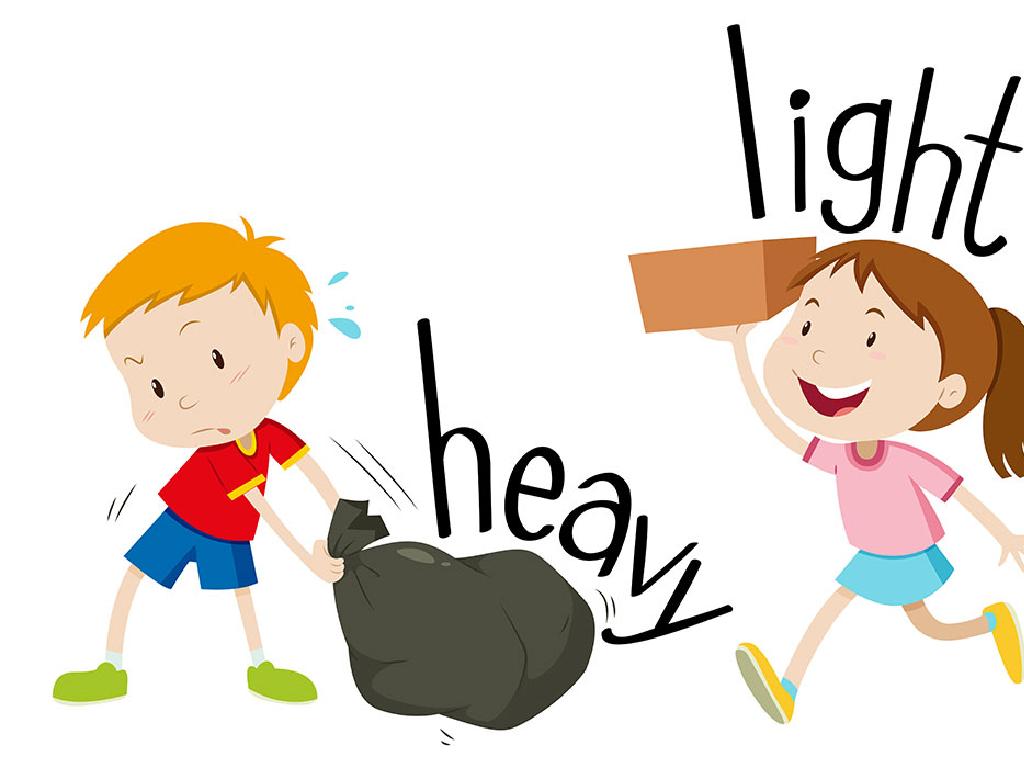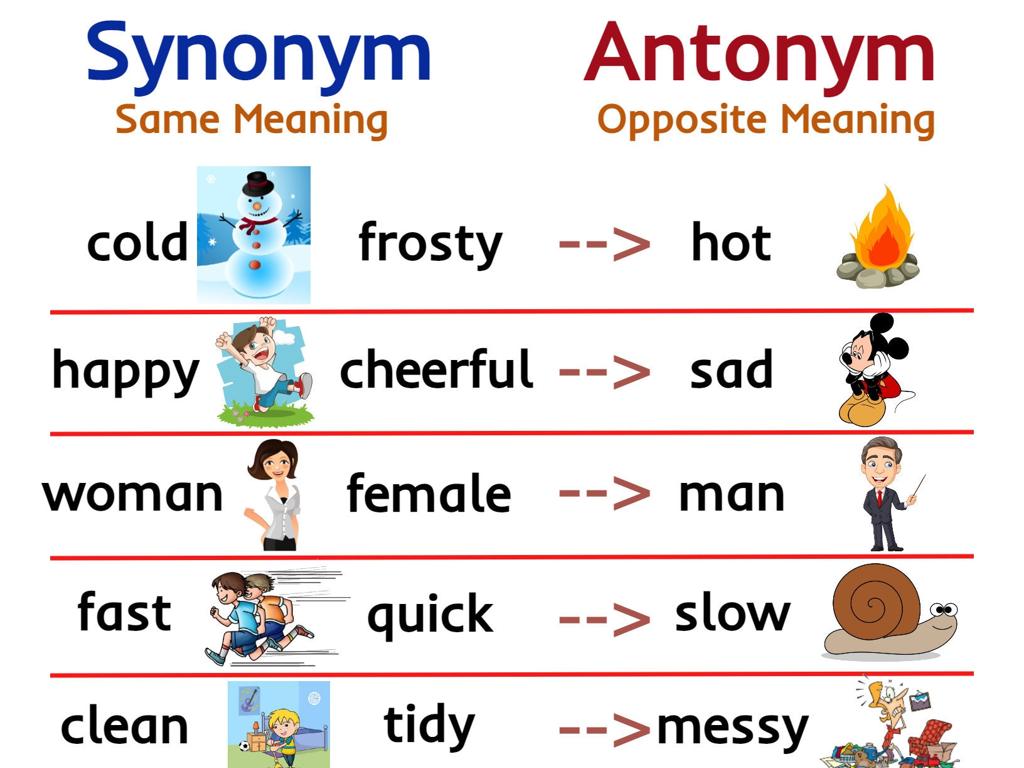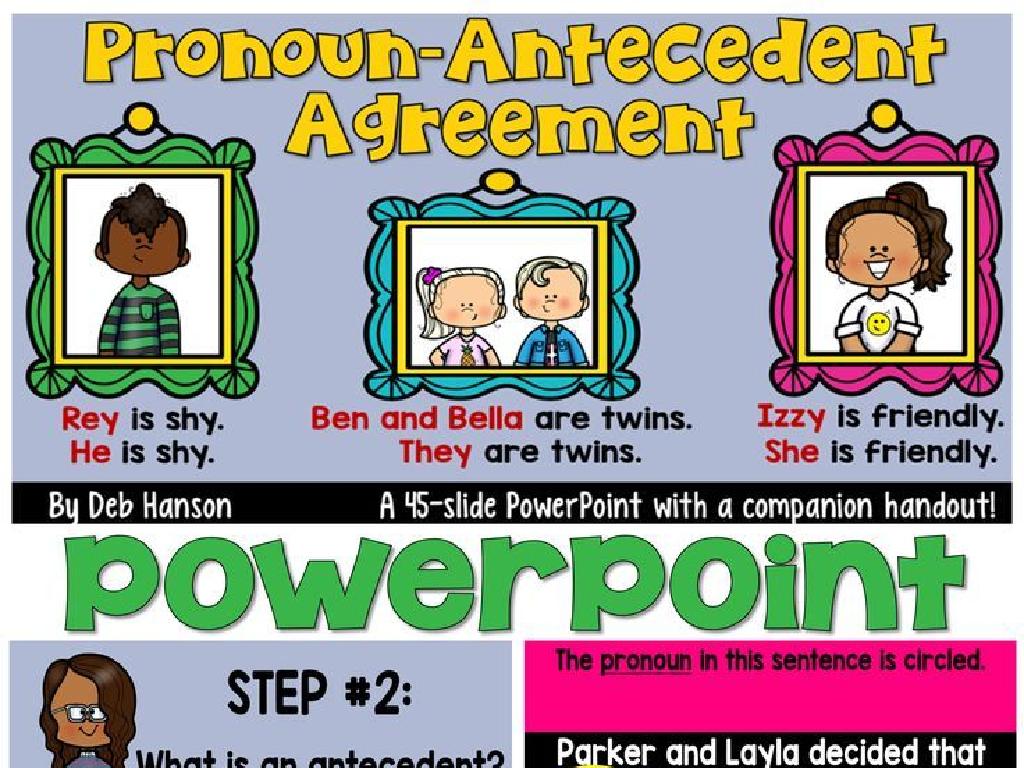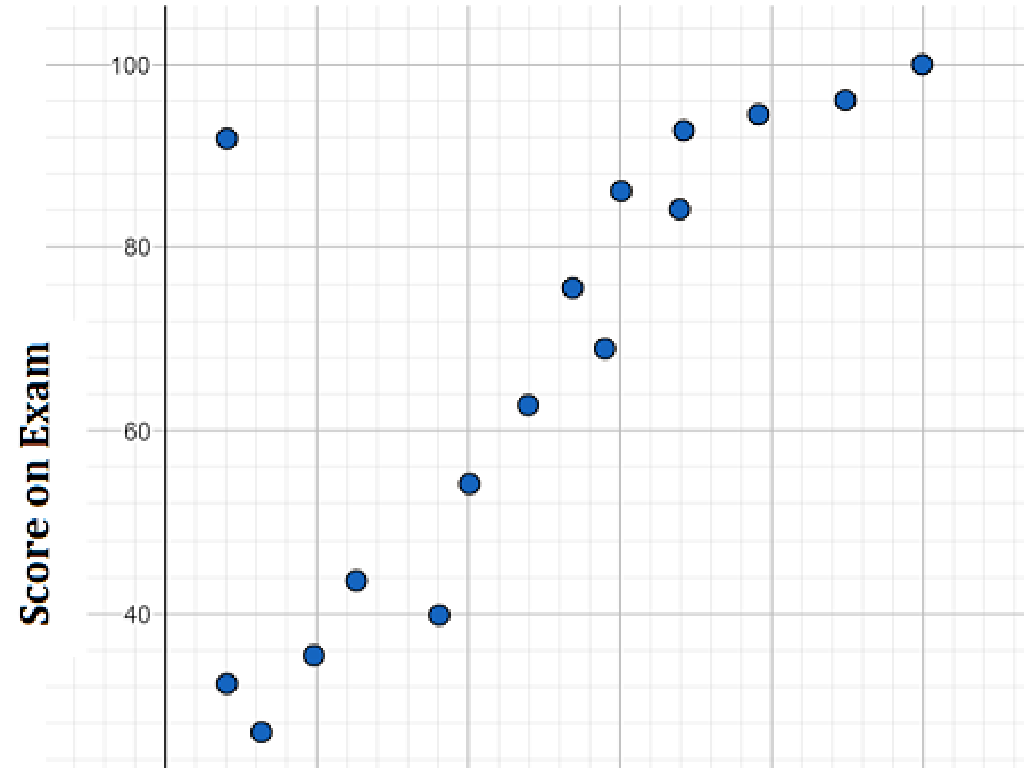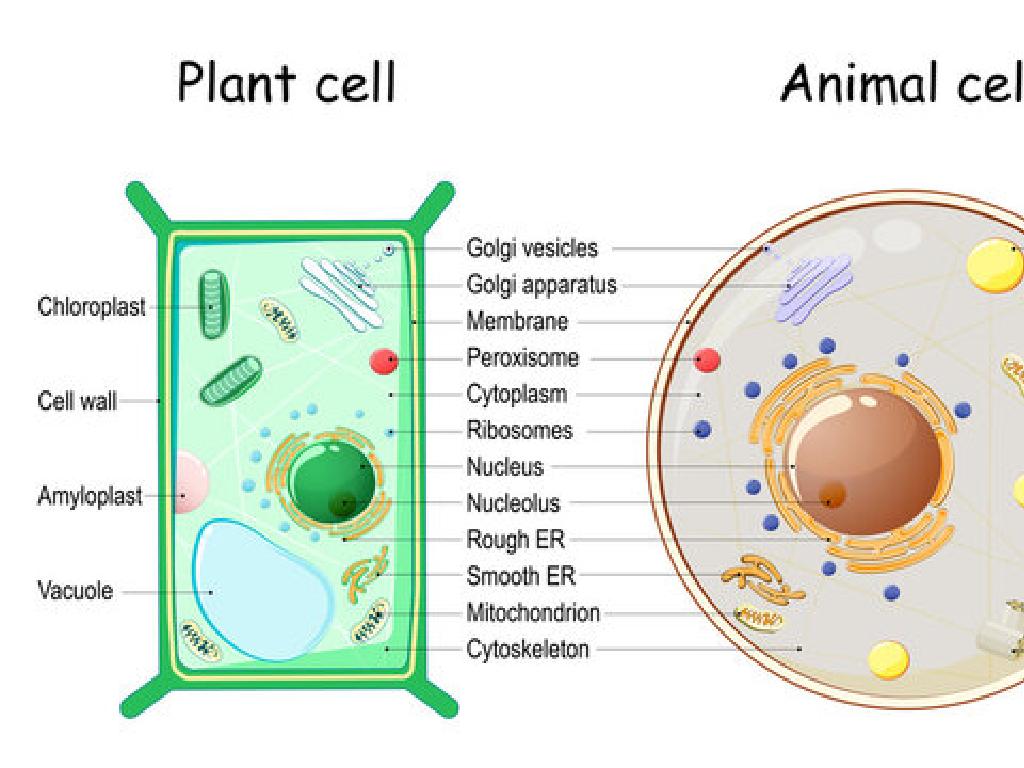Draw Inferences From Literary Texts
Subject: Language arts
Grade: Seventh grade
Topic: Analyzing Literature
Please LOG IN to download the presentation. Access is available to registered users only.
View More Content
Introduction to Inferences in Literature
– Understanding inferences
– An inference is a conclusion reached based on evidence and reasoning.
– Using clues for deeper meaning
– Look for hints in the text that suggest more than the words say.
– Relating experiences to texts
– Think about how your own life relates to the story to understand characters better.
– Enhancing comprehension
|
This slide introduces the concept of making inferences in literature, a critical reading comprehension skill. Inferences are conclusions or judgments based on indirect information. Encourage students to use textual clues, such as descriptions, dialogues, or actions, to infer deeper meanings beyond the literal words. Students should also be prompted to draw on their personal experiences, which can help them relate to and understand the characters and situations in the text more profoundly. Discuss how making inferences can lead to a richer understanding of the material and enhance overall reading enjoyment. Provide examples from familiar texts to illustrate these points.
Making Inferences in Literature
– Authors give hints, not full answers
– Like detectives, we look for clues in the text to understand the story better.
– Read between the lines
– Think about what is implied, not just what is explicitly stated.
– Use text evidence for inferences
– Find quotes or descriptions in the text that help explain your thoughts.
– Practice with literary examples
– We’ll analyze characters’ actions and dialogues to draw conclusions.
|
This slide introduces the concept of making inferences in literature, a critical reading comprehension skill. Students should understand that authors often provide hints to guide readers to deeper meanings, rather than spelling everything out. Encourage students to ‘read between the lines’ and look for what’s implied in the text. They should use specific evidence from the text to support their inferences, which helps to build a strong argument for their interpretations. Provide examples from literary texts where inferences are necessary, and practice this skill by analyzing characters’ actions and dialogues to draw conclusions about their personalities, motivations, and relationships. This will help students engage more deeply with the text and enhance their critical thinking skills.
Drawing Inferences in Literature
– Examine a story excerpt
– Identify hints about characters
– Look for descriptive words, actions, and dialogue that reveal more about the characters.
– Discuss inferences with evidence
– Share thoughts on what’s implied and back it up with text examples.
– Understand characters’ emotions
– How might a character feel in this situation? What words or actions lead you to that conclusion?
|
This slide aims to teach students how to draw inferences about character feelings and events in a story. Start with a selected text and guide students to look for clues within the narrative, such as descriptive language, character actions, and dialogue. Encourage them to discuss their ideas about what is not directly stated but can be inferred, using specific parts of the text as supporting evidence. This will help them understand that reading between the lines gives a deeper insight into the characters and plot. The goal is for students to practice making logical inferences that enhance their comprehension and appreciation of literary texts.
Inference Practice with a Short Story
– Read a passage together
– Find suggestive words/phrases
– Words or phrases that hint at character traits or setting details
– Make inferences as a class
– What can we conclude about the characters or setting?
– Discuss our interpretations
– Share thoughts and reasoning behind our inferences
|
This slide is designed for a collaborative classroom activity focused on drawing inferences from a literary text. Start by reading a selected short passage aloud with the class. Encourage students to identify specific words or phrases that give clues about the characters or the setting without directly stating facts. Then, as a class, use these clues to make inferences about the text. Open the floor for discussion, allowing students to share their interpretations and the evidence that led them to those conclusions. This activity will help students practice critical thinking and analytical skills by reading between the lines and understanding the subtext in literature.
Group Activity: Inference Role-Play
– Break into small groups
– Receive a unique scenario
– Act out your scenario
– Use expressions and tone to convey the story
– Discuss your inferences
– Share what you think is happening and why
|
This activity is designed to enhance students’ inferential comprehension skills through interactive role-play. Divide the class into small groups, ensuring a mix of abilities in each. Provide each group with a different, brief scenario from a story or a real-life situation without giving away too much detail. Allow time for students to read and prepare their skits, encouraging them to use expressive acting to convey the underlying emotions and themes. After each performance, lead a discussion where groups share the inferences they made about the characters’ feelings, motives, and the context. Encourage students to explain the clues that led to their inferences. This will help them understand how to ‘read between the lines’ and enhance their analytical thinking. Possible scenarios could include a surprise party being planned, a misunderstanding between friends, or a character facing a tough decision.
Inference vs. Explicit Information
– Explicit vs. Implied meaning
– Explicit: clearly stated. Implied: suggested, not written.
– Balancing direct & indirect info
– Knowing what the author says vs. what they suggest.
– Examples: explicit vs. inferred
– ‘The sun is bright’ (explicit) vs. ‘She squinted in the light’ (implied).
– Practice inferring in texts
– Use clues in the text to ‘read between the lines’.
|
This slide introduces students to the concept of inference in literature, distinguishing between what is directly stated in a text and what is implied or inferred. Students should understand that explicit information is clearly stated by the author, while inferred information requires them to look for clues and read between the lines to understand the deeper meaning. Provide examples from familiar texts to illustrate the difference. Encourage students to practice by reading passages and identifying both explicit statements and inferred meanings. This skill will enhance their critical thinking and comprehension abilities.
Class Activity: Inference Gallery Walk
– Story excerpts around the room
– Walk, read, and infer meanings
– Write down your inferences
– Note what clues lead you to your inference
– Group discussion afterwards
|
This activity is designed to engage students in making inferences by using story excerpts placed around the classroom. Each student will walk from one excerpt to the next, reading carefully and using context clues to infer meaning beyond the text. They should consider characters’ actions, dialogue, and descriptions to draw conclusions. After writing down their inferences, students will gather to share and discuss their thoughts, allowing them to see different perspectives and understandings. For the teacher: Prepare diverse excerpts that offer clear opportunities for inference. Encourage students to explain their reasoning during the discussion. Possible variations of the activity could include pairing students to discuss before sharing with the class, or using a graphic organizer to track their thoughts.
Conclusion: The Power of Inferences
– Reviewing inference importance
– Inferences help us grasp deeper meanings beyond the text.
– Reflection on inference impact
– Our interpretations can shift as we infer, enriching our reading experience.
– Daily reading and inferences
– Apply this skill to understand texts better every day.
|
As we wrap up our lesson on making inferences, it’s crucial to revisit the significance of this skill in understanding literature. Inferences allow us to read between the lines and uncover deeper meanings that are not explicitly stated. This can profoundly affect our interpretation of a story, character motivations, and themes. Encourage students to practice this skill beyond the classroom, making it a habit to infer while reading any text. This will not only enhance their analytical abilities but also their enjoyment and engagement with literature. Ask students to reflect on a time when an inference they made led to a new understanding of a story, and discuss how this skill can be applied in everyday reading and learning.

